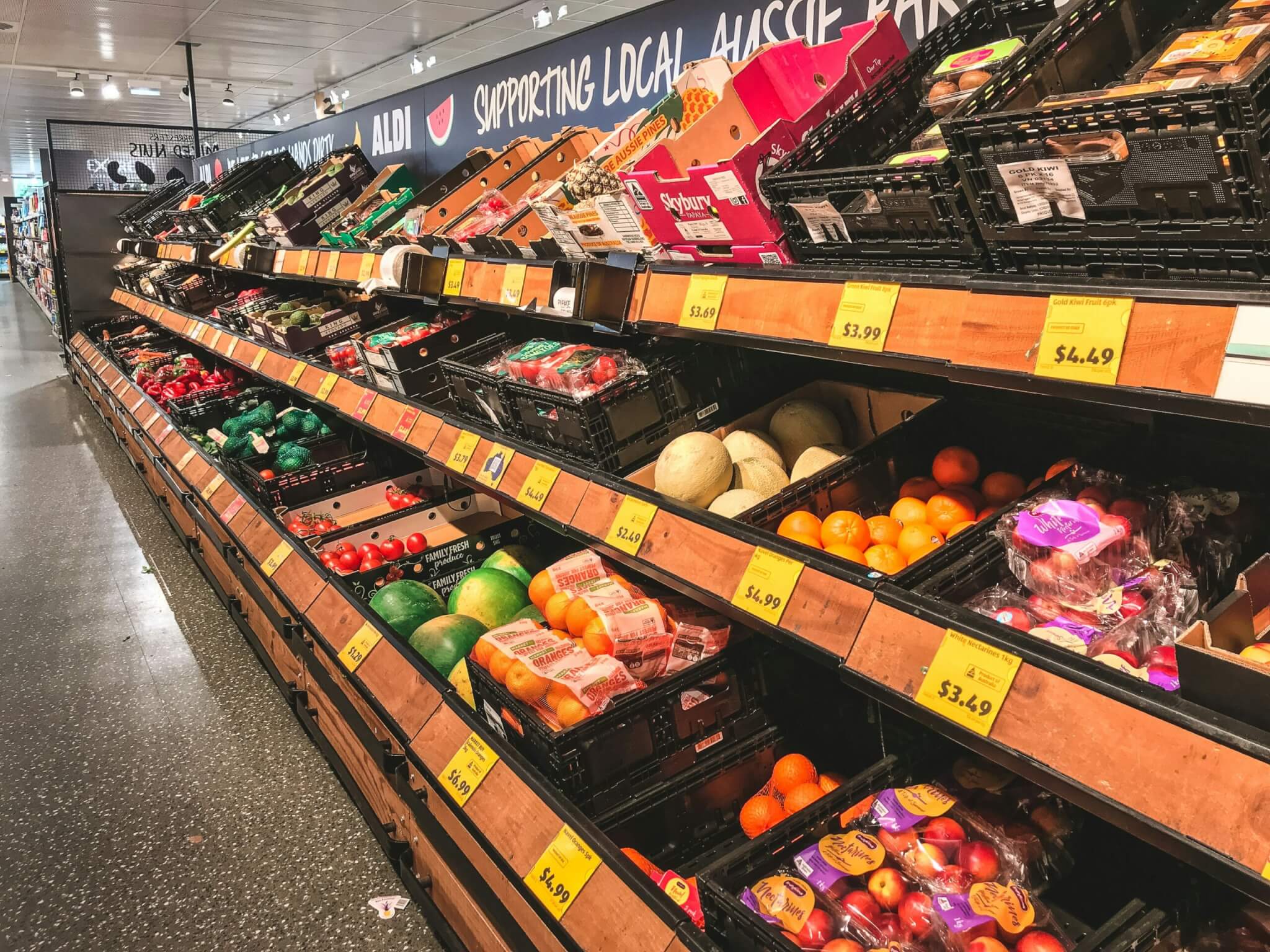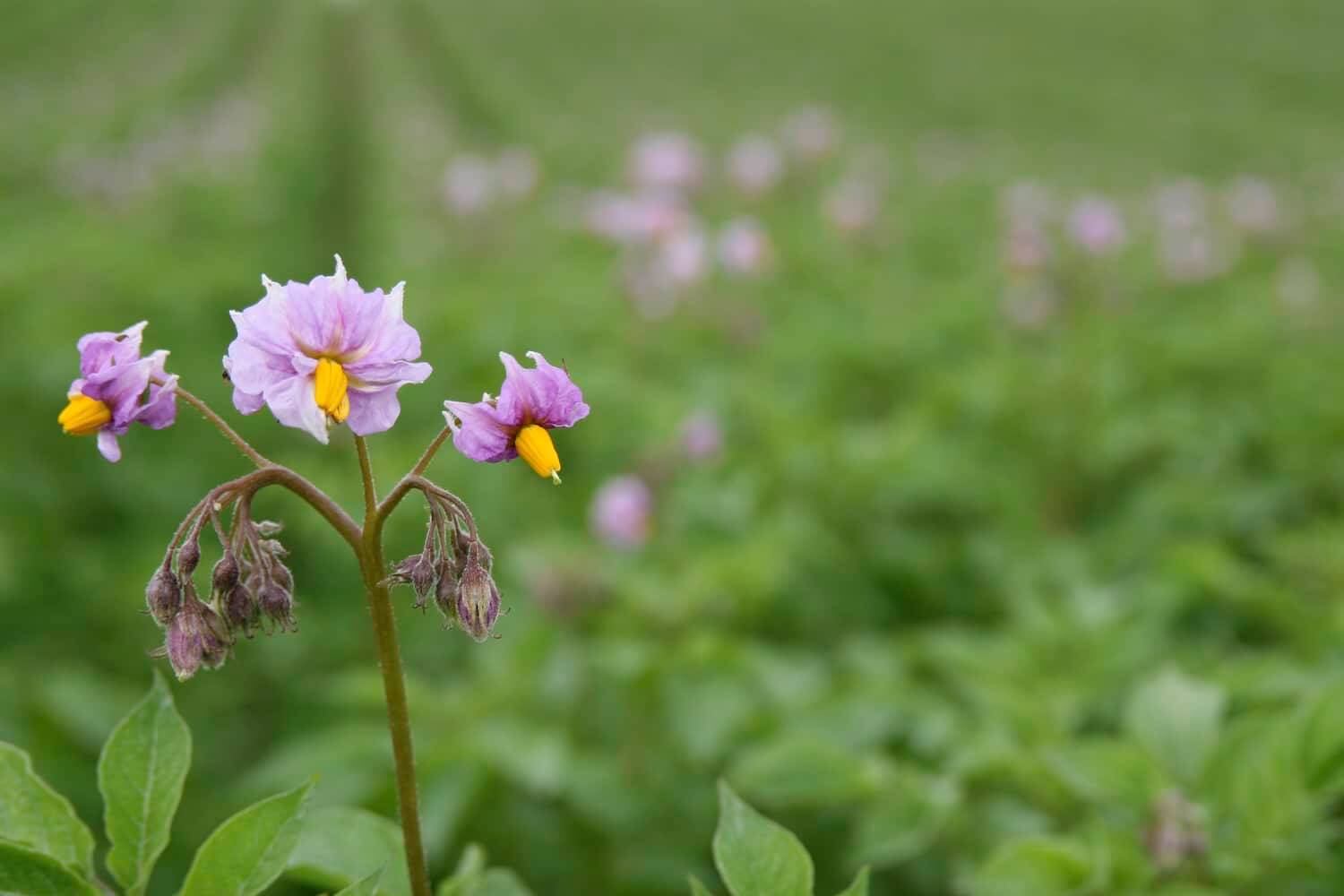After joining the European Commission in 1973, the UK’s agricultural policy and subsidies were shaped by the EU’s Common Agricultural Policy (CAP). In 2014, the existing Single Payment Scheme (SPS) was replaced by the Basic Payment Scheme (BPS). The BPS was the channel that delivered the majority of subsidy payments (84% in 2015), but was allocated according to the amount of land the claimant owned rather than being linked to productivity. While SPS was available to those farming one hectare or more, for the BPS, England chose to implement a minimum five hectare (5ha) size threshold, excluding 18,000 farmers who had previously been eligible for subsidies. After its introduction, many organisations, including the Landworkers’ Alliance and Sustain campaigned vocally for this 5ha limit to be removed.
Post-Brexit, the UK has been able to replace the CAP and redesign how it allocates farm support, although this has been devolved across the nations. Following campaigning from a wide range of farming organisations, England passed the Agriculture Bill in 2020. However, when DEFRA announced the Environmental Land Management Schemes (ELMS) that would replace the BPS in March 2021, whilst there wasn’t an explicit size limit for farms, they restricted eligibility to those who had previously received BPS payments – i.e. farms larger than 5 hectares.
In May, DEFRA announced that from July 2024, this requirement would be lifted for one of the three strands of ELMS, the Sustainable Farming Incentive (SFI) scheme. “Allowing producers with less than 5ha to receive support through environmental payments recognises the amount of food produced by them but also the huge amount of biodiversity and environmental good they provide,” Jerry Alford, Senior Farming Advisor at the Soil Association explains.
While some of the payments are more relevant to larger arable, livestock and mixed farms, there are some existing actions and many new actions being introduced this summer that are relevant to smaller farms, such as no-till farming, herbal leys, hedgerow management, and creating flower rich margins or strips. Later in 2024, there will also be a new ‘educational access’ action introduced to support educational tours and visits.
“These types of farms are often highly productive, supplying nutritious food to local communities while providing a wide range of public goods, including mental health benefits for the local community, local employment, educational opportunities, and biodiversity benefits,” Will White, Sustainable Farming Coordinator at Sustain points out.
This eligibility is of particular relevance to small and medium scale horticulture farms who were too small to receive the BPS payments, and the Soil Association have written a blog to support horticulture enterprises navigate the scheme. In their new ‘Home-grown’ report, the Soil Association highlight how the payment rates overlook the nutritional benefits that such farms produce, and how tailored support such as low interest loans and grants are also needed by the sector.
The high value of the public goods provided by smaller producers is not reflected in the payment rates Jerry Alford, Senior Farming Advisor, The Soil Association
Rebecca Laughton, Horticulture Coordinator at the Landworkers’ Alliance also feels that DEFRA need to go further to support horticultural enterprises; “While the removal of the 5ha threshold is excellent, what will be even more valuable for our members are the specifically designed horticulture SFI actions, timetabled by DEFRA to be launched in 2025. We hope these will reward agroecological growers for the many good things they do already for biodiversity, soil, water and the climate, thereby enabling them to compete financially on a more level playing field.”
One of the major challenges is that these payments are still made on a per hectare basis, meaning that small farms are unlikely to receive a large payment. With detailed information about the scheme still yet to be confirmed, it remains to be seen how beneficial this will be to small farms in practice. “The small producer has been forgotten in previous schemes and it is good that there is finally some recognition – although the high value of the public goods provided by smaller producers is not reflected in the payment rates,” Jerry Alford continues.
Tolhurst Organic, an eight hectare farm in Oxfordshire, was not eligible for the BPS as their agroforestry, coppice and tunnels were not included, putting them under the 5ha limit. Under ELMS they are eligible again, but estimate the income will only be around £3000 a year, or just 1% of their annual turnover. “The small area farms are not going to gain much, but at least it is an acknowledgment of their importance,” they point out.
All eyes are now on DEFRA as farmers and organisations await further information. “We now need clear guidance from DEFRA on the best opportunities available in the SFI schemes for those farming under five hectares,” Will White concludes.
Rebecca Laughton also wants to see different measurements used for actions; “Our ELMS Test and Trial, ‘Growing the Goods’, found that small scale growers would be rewarded more effectively if public goods were measured in appropriate units, rather than being based purely on area, while also being able to stack payments for multiple public goods delivered on the same land. For example, by rewarding rainwater harvesting and storage per cubic metre or public engagement per visit hosted.”
For more information on the SFI scheme, see the DEFRA website













Great to see this shift and I hope government goes further in supporting interested parties ambitions.
For too long only the big are seen as important and I feel many of these small farmers make a valuable contribution to healthy food provision.
Absolutely. Evidence shows small farming/horticultural units are highly productive. They are typically very good for wildlife and generally comparatively environmentally sound. We need better support for them to grow in numbers and perform even better.
Some good news, but as the payments are based on hectares farmed the payments are likely to be small. There needs to be recognition of the value and contribution to local communities that these smaller farms bring in terms of employment and the provision of good (and healthy) food.